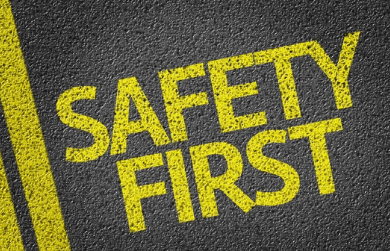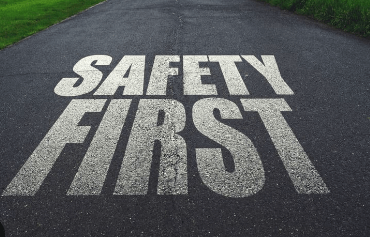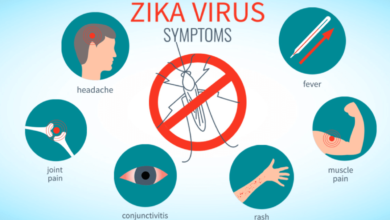Clipart:9syywybietc= Safety First

The concept of “Clipart:9syywybietc= Safety First” serves as a pivotal reminder of the critical role safety awareness plays in various environments. Through effective visual communication, it underscores the necessity of understanding safety protocols while fostering active participation among individuals. As we explore the implementation of these practices, the impact on organizational culture and individual responsibility becomes increasingly evident. However, the nuances of how these elements interact and influence behavior warrant further examination. What strategies can be employed to enhance this culture effectively?
Importance of Clipart:9syywybietc= Safety First Awareness
Clipart:9syywybietc= Safety First awareness is a crucial pillar in fostering a secure environment, transcending mere compliance with regulations to embody a culture of vigilance and responsibility.
By prioritizing risk assessment and hazard identification, individuals and organizations can proactively mitigate potential threats.
This proactive stance not only enhances personal safety but also cultivates an atmosphere where freedom thrives, empowering everyone to navigate their surroundings confidently and responsibly.
Read More Addressing Cultural Needs in Aged Care Homes
Effective Communication Through Visuals
Clear and effective communication is vital for ensuring safety protocols are understood and followed.
Utilizing visual messaging enhances comprehension, allowing individuals to grasp complex information quickly.
Through graphic storytelling, safety concepts can be vividly illustrated, making them more relatable and memorable.
This approach empowers audiences, fostering a culture of safety where information is not just seen but truly understood, promoting freedom through informed choices.

Implementing Safety Practices
A robust framework for implementing Clipart:9syywybietc= Safety First practices is essential to cultivate a secure environment in any organization.
Conducting thorough risk assessments identifies potential hazards, while tailored training programs empower employees to navigate challenges confidently.
Building a Safety Culture
Cultivating a safety culture within an organization requires a collective commitment from all levels of staff.
Engaging in thorough risk assessments and continuous safety training empowers employees, fostering an environment where safety is prioritized.
This collective responsibility transforms the workplace into a sanctuary of well-being, where each individual feels free to voice concerns and contribute to a proactive safety ethos.
Read More A Guide to Aged Care Home Regulations and Standards
Conclusion
In the intricate tapestry of daily life, safety emerges as a luminous thread, weaving together vigilance and responsibility. The symbol of “Clipart:9syywybietc= Safety First” stands as a beacon, illuminating the path toward secure environments. Engaging visuals serve as signposts, guiding individuals through the labyrinth of potential hazards. Ultimately, fostering a culture of safety transforms mere awareness into a collective commitment, empowering communities to navigate challenges confidently while nurturing resilience and unity in the face of uncertainty.






